Russian composers contributed greatly to the genre of programmatic symphonic works. Although many were initially attracted to it by Spanish inspirations, one reason for the genre’s eventual massive popularity was that it gave the composers a popular musical form to incorporate not only native Russian tunes and harmonic structures, but also to focus on other Slavic cultures and, in some cases, the cultures of the vast array of minority groups within the Russian Empire. Thus, it helped them to produce music that spoke to their homeland and was original, unique from the music created in Western Europe.
What are Programmatic Symphonic Works?
Programmatic symphonic works are symphonic compositions where composers adapt material from poems, books, plays, artworks, nature scenes, or emotional states into music within these works. These musical works are symphonic in form, however the traditional rules of music theory and composition were not the only necessary tools to determine the form of these pieces. Within the musical score, the composer may or may not include a program to explain the scenes or story that the music is supposed to depict. These symphonic pieces could contain multiple movements, similar to a traditional symphony
http://youtu.be/g2Kky5BC9Uk
or they might be encompassed in a single movement.
http://youtu.be/MVmnopmUeo0
This trend in musical composition began in the Romantic Period when composers were interested in expanding the symphonic genre.
Glinka
After his two operas, A Life for the Tsar (1836) and Ruslan i Lyudmila (1842), Mikhail Glinka (1804-1857) composed several programmatic symphonic pieces. While abroad in Spain from 1845-1847, he was deeply impressed by the folk music and dance rhythms of the Spaniards. He heard the jota aragonesa from a local guitarist named Felix Castilla and used this tune in his Spanish Overture No. 1: “Capriccio Brilliante on the Jota Aragonesa” (1845).
Glinka also composed a symphonic poem on Russian themes with his Symphony on Two Russian Themes (1834), but his Karaminskaya (1848) would become his most well-known symphonic poem based on Russian folk music. This piece features two tunes that were commonly used during Russian folk weddings, a slow lyrical song and an up-tempo dance (Karaminskaya).
Balakirev
Mily Balakirev (1837-1910) and his musical circle that included the Russian composers Alexander Borodin, Modest Musorgsky, and Nikolai Rimsky-Korsakov, were determined to develop a school of music that was based on the traditional music of the Russian people. They had a strong belief that the native music of the people, both folk and religious, could produce intellectual, artistic music, while also embracing the doctrine of realism in art.
Balakirev was strongly influenced by the music of Glinka and one of his earliest symphonic poems, Overture on a Spanish March Theme (1857), recalls Glinka’s Spanish Overtures. In the summer of 1860, Balakirev went in search of Russian folk songs along the Volga. He used some of the tunes he heard in his Second Overture on Russian Themes (1864). In the original version, the symphonic poem was meant to represent three stages in Russian history; the ancient, the medieval, and the modern. When he revised the music in 1884, Balakirev renamed the piece Rus and stated that his music portrays the destruction of native Russian life under Peter the Great’s reforms. (This was a common belief among the Slavophiles.)
In 1867, Czech, Serbian, and Croatian delegates attended a Slavic ethnographic congress in Moscow. Balakirev organized a concert of Slavic music and included his Overture on Czech Themes: “In Bohemia” (1867) and Rimsky-Korsakov’s Fantasia on Serbian Themes (1867).
Musorgsky
Modest Musorgsky (1839-1881) symphonic poem St. John’s Night on Bald Mountain (1867) was inspired by the book Witchcraft and Mysterious Phenomena in Modern Times by Matvei Khotinsky. More about this piece can be read in another article on this site, here.
https://youtu.be/l5pnoSgIuVo
Borodin
Alexander Borodin (1833-1887) and the rest of Balakirev’s circle greatly admired the Hungarian composer Franz Liszt. For them, Liszt’s music represented the progressive freedom in art. Borodin’s In the Steppes of Central Asia (1880) was dedicated to Liszt. The original purpose of Borodin’s symphonic poem was intended to be part of a series of tableaux vivants in celebration of the silver anniversary of the reign of Tsar Alexander II.
Rimsky-Korsakov
Nikolai Rimsky-Korsakov (1844-1908) most popular programmatic symphonic pieces, Capriccio Espagnol (1887), Scheherazade (1888) and Russian Easter Festival Overture (1888), have become concert standards among orchestras around the world. One of his earliest symphonic poems, Overture on Three Russian Themes (1866), was influenced Balakirev’s Second Overture on Russian Themes. This piece features the tune that would become the “Slava” chorus from the Coronation scene in Musorgsky’s opera Boris Godunov (1869).
Tchaikovsky
Pyotr Tchaikovsky (1840-1893) is well known for his symphonic poems.
He turned some of Shakespeare’s plays into musical pieces: The Tempest (1873), Hamlet (1889), and his very well-known Romeo and Juliet (1870). Other examples of literature he worked with included Francesca da Rimini (1876), based on the fifth canto of Dante’s Divine Comedy and Manfred Symphony (1885), a multi-movement symphonic piece based on the poem “Manfred” by Lord Byron.
Tchaikovsky is probably best known, however, for his soaring and patriotic piece written to commemorate Russia victorious experience in the war of 1812. This he captured in Overture sollennelle “1812” (1882).
Although this is a short list of Russian composers who contributed to programmatic symphonic music, their works would continue to influence later Russian composers. This instrumental genre helped to create an orchestral style that could incorporate their native Russian music, while also allowing them to create music that could represent other works of art. These Russian programmatic symphonic pieces would also influence composers from other nations who continue to push the limits of symphonic music.
You Might Also Like
(includes the current article)
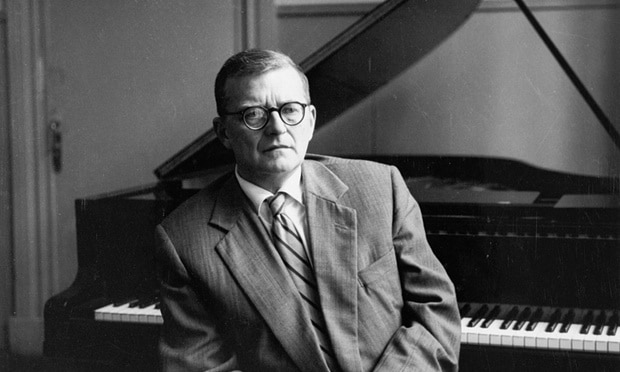
Three Great Soviet Composers of the USSR
The twentieth century was a dynamic period for Soviet composers who often had to work around censorship to create their great contributions to world music. Under the USSR, artists were expected to produce works that glorified the Communist Revolution and the new lives of the new Soviet masses, often while criticizing the capitalistic West. Soviet […]
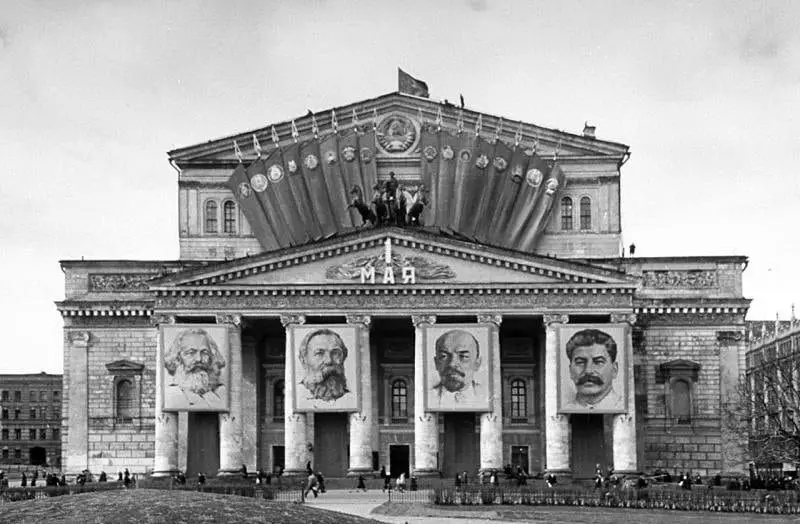
Book Review of Music and Soviet Power by Marina Frolova-Walker and Jonathan Walker
Marina Frolova-Walker and Jonathan Walker’s Music and Soviet Power, 1917-1932, “trace[s] the transformation of pre-Revolutionary Russian music culture into Soviet music culture over the space of fifteen years”[1] focusing on how the music changed and adapted to the communist ideology of the new Soviet Union. It takes us through the tumultuous experimental period from the […]
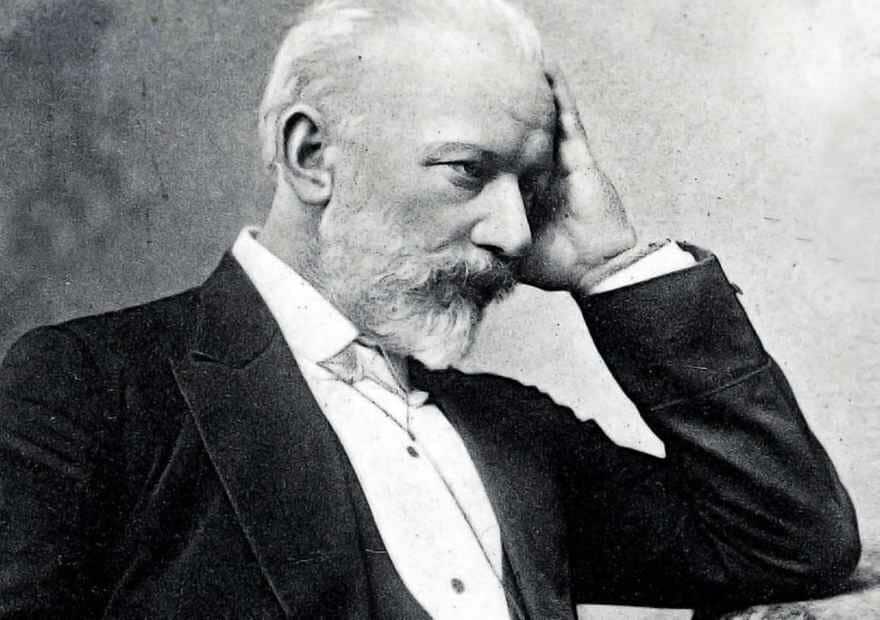
Tchaikovsky: The Life and Modern Legacy of Russia’s Great Composer
Pyotr Ilyich Tchaikovsky is one of the most popular composers of all time and produced numerous symphonies, operas, piano concertos, and ballets. The Russian composer’s works can be found today not only in concert halls across the world, but also used in popular culture as recognizable and emotionally affecting pieces. He also remains a constant […]
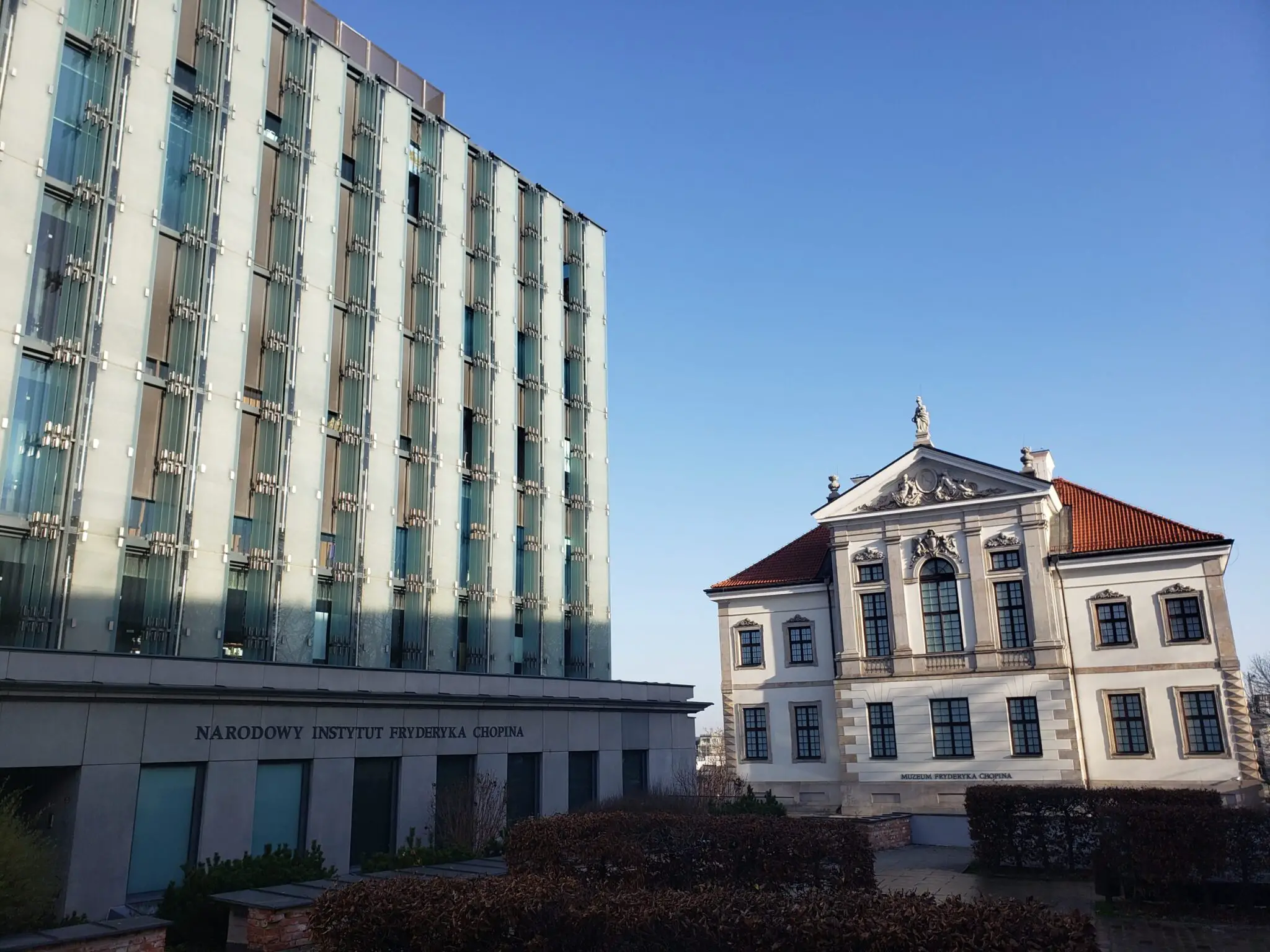
Chopin Museum, Warsaw
In Warsaw, large, elegant, and beautiful willow trees grace many of the parks within the city. These are the same willow trees that inspired many of the outstanding musical pieces of prodigy composer and native Pole, Frédéric Chopin. Signs of Chopin’s legacy, like the willows that inspired him, can also be seen across the city. […]
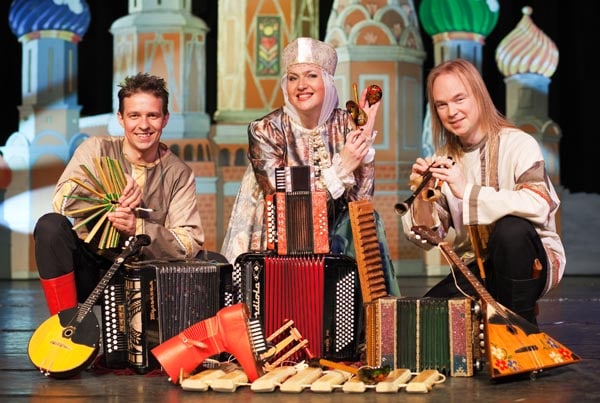
Four Examples of Russian Music in American Popular Culture
Throughout the Cold War to the present day, there has been tension between the United States and Russia in the political arena. However, Americans have used Russian music in creating elements of American popular culture. Appropriated Russian songs include classical pieces like “The Flight of the Bumblebee,” which is often used to represent speed and […]
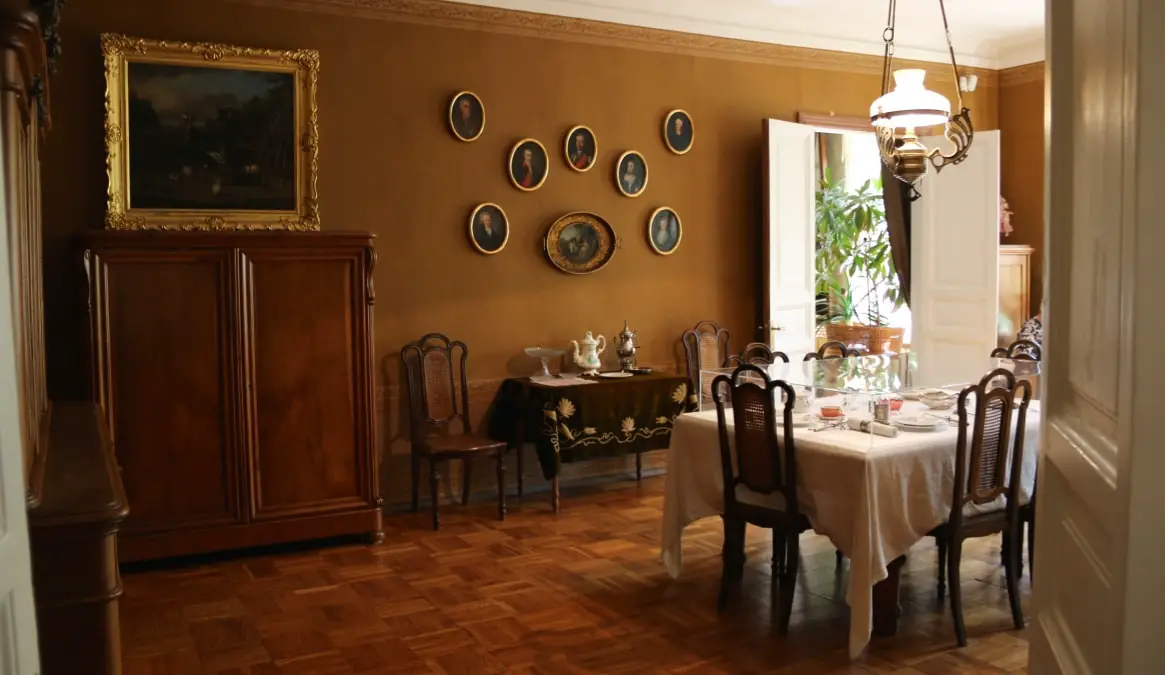
Rimsky-Korsakov Memorial Apartment Museum
Saint Petersburg has been called home for several renowned artists and musicians, including figures in classical music. Admirers of Russian opera and orchestra should pay a visit to the apartment museum of Nikolai Rimsky-Korsakov, a prolific composer and member of the “Russian Five.” This nationalistic group of 19th century composers, which included Mily Balakirev, Modest […]







